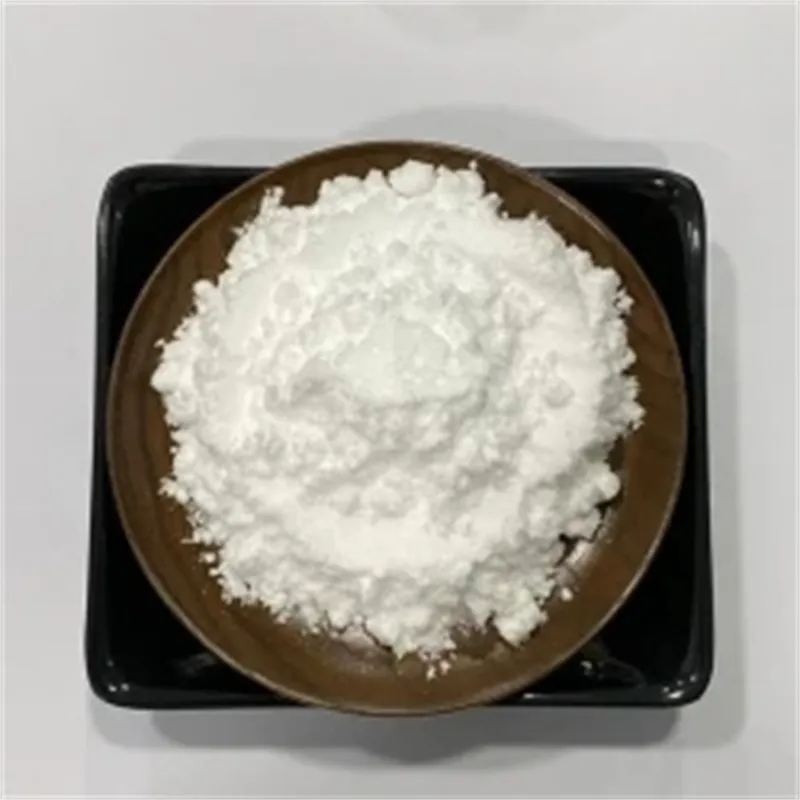Warning: Undefined array key "title" in /home/www/wwwroot/HTML/www.exportstart.com/wp-content/themes/1198/header.php on line 6
Warning: Undefined array key "file" in /home/www/wwwroot/HTML/www.exportstart.com/wp-content/themes/1198/header.php on line 7
Warning: Undefined array key "title" in /home/www/wwwroot/HTML/www.exportstart.com/wp-content/themes/1198/header.php on line 7
Warning: Undefined array key "title" in /home/www/wwwroot/HTML/www.exportstart.com/wp-content/themes/1198/header.php on line 7
- Afrikaans
- Albanian
- Amharic
- Arabic
- Armenian
- Azerbaijani
- Basque
- Belarusian
- Bengali
- Bosnian
- Bulgarian
- Catalan
- Cebuano
- China
- China (Taiwan)
- Corsican
- Croatian
- Czech
- Danish
- Dutch
- English
- Esperanto
- Estonian
- Finnish
- French
- Frisian
- Galician
- Georgian
- German
- Greek
- Gujarati
- Haitian Creole
- hausa
- hawaiian
- Hebrew
- Hindi
- Miao
- Hungarian
- Icelandic
- igbo
- Indonesian
- irish
- Italian
- Japanese
- Javanese
- Kannada
- kazakh
- Khmer
- Rwandese
- Korean
- Kurdish
- Kyrgyz
- Lao
- Latin
- Latvian
- Lithuanian
- Luxembourgish
- Macedonian
- Malgashi
- Malay
- Malayalam
- Maltese
- Maori
- Marathi
- Mongolian
- Myanmar
- Nepali
- Norwegian
- Norwegian
- Occitan
- Pashto
- Persian
- Polish
- Portuguese
- Punjabi
- Romanian
- Russian
- Samoan
- Scottish Gaelic
- Serbian
- Sesotho
- Shona
- Sindhi
- Sinhala
- Slovak
- Slovenian
- Somali
- Spanish
- Sundanese
- Swahili
- Swedish
- Tagalog
- Tajik
- Tamil
- Tatar
- Telugu
- Thai
- Turkish
- Turkmen
- Ukrainian
- Urdu
- Uighur
- Uzbek
- Vietnamese
- Welsh
- Bantu
- Yiddish
- Yoruba
- Zulu
nov . 17, 2024 09:33 Back to list
polypropylene glycol 4000
Understanding Polypropylene Glycol 4000 Properties, Applications, and Benefits
Polypropylene glycol 4000 (PPG 4000) is a versatile synthetic polymer primarily derived from propylene oxide. As an essential member of the polyether family, PPG 4000 is well-known for its diverse applications in various industries, owing to its unique chemical and physical properties. This article delves into the characteristics, uses, and advantages of PPG 4000, which has made it a preferred choice among manufacturers and researchers alike.
Chemical Structure and Properties
Polypropylene glycol 4000 is characterized by its high molecular weight, which is typically around 4000 g/mol. This high molecular weight contributes to its viscous, syrupy consistency, making it a differentiating factor as compared to lower molecular weight polypropylene glycols. PPG 4000 is a clear, odorless liquid that is hygroscopic, meaning it absorbs moisture from the environment. Moreover, it is soluble in water, alcohols, and many organic solvents. The hydroxyl groups present in its structure enhance its reactivity, enabling it to participate in various chemical reactions, such as esterification and etherification.
Applications in Different Industries
1. Pharmaceuticals PPG 4000 is extensively used in the pharmaceutical industry as an excipient, serving various roles ranging from a solvent to a carrier for drug formulations. It facilitates the production of ointments, creams, and suspensions, enhancing the stability and bioavailability of active pharmaceutical ingredients. Its non-toxic nature and biocompatibility make it particularly suitable for medicinal applications.
2. Cosmetics and Personal Care Products The cosmetic industry benefits greatly from PPG 4000, which acts as a humectant and emulsifier. Its ability to retain moisture helps maintain skin hydration, making it a popular ingredient in lotions, creams, and hair conditioners. Additionally, PPG 4000 enhances the texture and spreadability of cosmetic products, thereby improving consumer experience.
polypropylene glycol 4000

3. Industrial Applications In industrial settings, PPG 4000 serves as a lubricant and anti-foaming agent due to its effective surface-active properties. It is commonly used in metalworking fluids, cutting fluids, and other formulations that require enhanced lubricity. Additionally, PPG 4000 is utilized in the production of flexible foams, sealants, and adhesives, where its properties aid in achieving desired performance characteristics.
4. Food Industry In the food sector, PPG 4000 is recognized for its functional properties. It is employed as a stabilizing agent, thickener, and humectant in various formulations, including sauces, dressings, and baked goods. Regulatory bodies such as the FDA have approved PPG 4000 for specific uses in food products, emphasizing its safety profile.
Advantages of Polypropylene Glycol 4000
The unique properties of PPG 4000 confer several advantages, making it an attractive choice for formulation across multiple domains
- Stability PPG 4000 exhibits excellent thermal stability, chemical resistance, and oxidative stability, ensuring that products remain effective over an extended shelf life. - Non-Toxicity Its non-toxic nature, coupled with compatibility with various substances, allows for safer use, particularly in pharmaceuticals and personal care applications. - Versatility The ability to modify PPG 4000’s properties through chemical reactions further enhances its applicability across different industries, tailoring it for specific end-use requirements. - Moisture Retention Its hygroscopic nature makes it effective in retaining moisture, which is crucial in formulations aimed at hydrating skin or food products.
Conclusion
Polypropylene glycol 4000 stands out as a key compound due to its diverse applications and beneficial properties. Whether in pharmaceuticals, cosmetics, industrial products, or food formulations, its versatility and effectiveness make it an invaluable ingredient. As industries continue to explore innovative solutions, PPG 4000 is poised to remain integral in enhancing product performance and consumer satisfaction. Its unique combination of stability, safety, and functionality solidifies its role as a preferred polymer in modern formulations, marking its significance in both current and future applications.
Latest news
-
Certifications for Vegetarian and Xanthan Gum Vegetarian
NewsJun.17,2025
-
Sustainability Trends Reshaping the SLES N70 Market
NewsJun.17,2025
-
Propylene Glycol Use in Vaccines: Balancing Function and Perception
NewsJun.17,2025
-
Petroleum Jelly in Skincare: Balancing Benefits and Backlash
NewsJun.17,2025
-
Energy Price Volatility and Ripple Effect on Caprolactam Markets
NewsJun.17,2025
-
Spectroscopic Techniques for Adipic Acid Molecular Weight
NewsJun.17,2025

